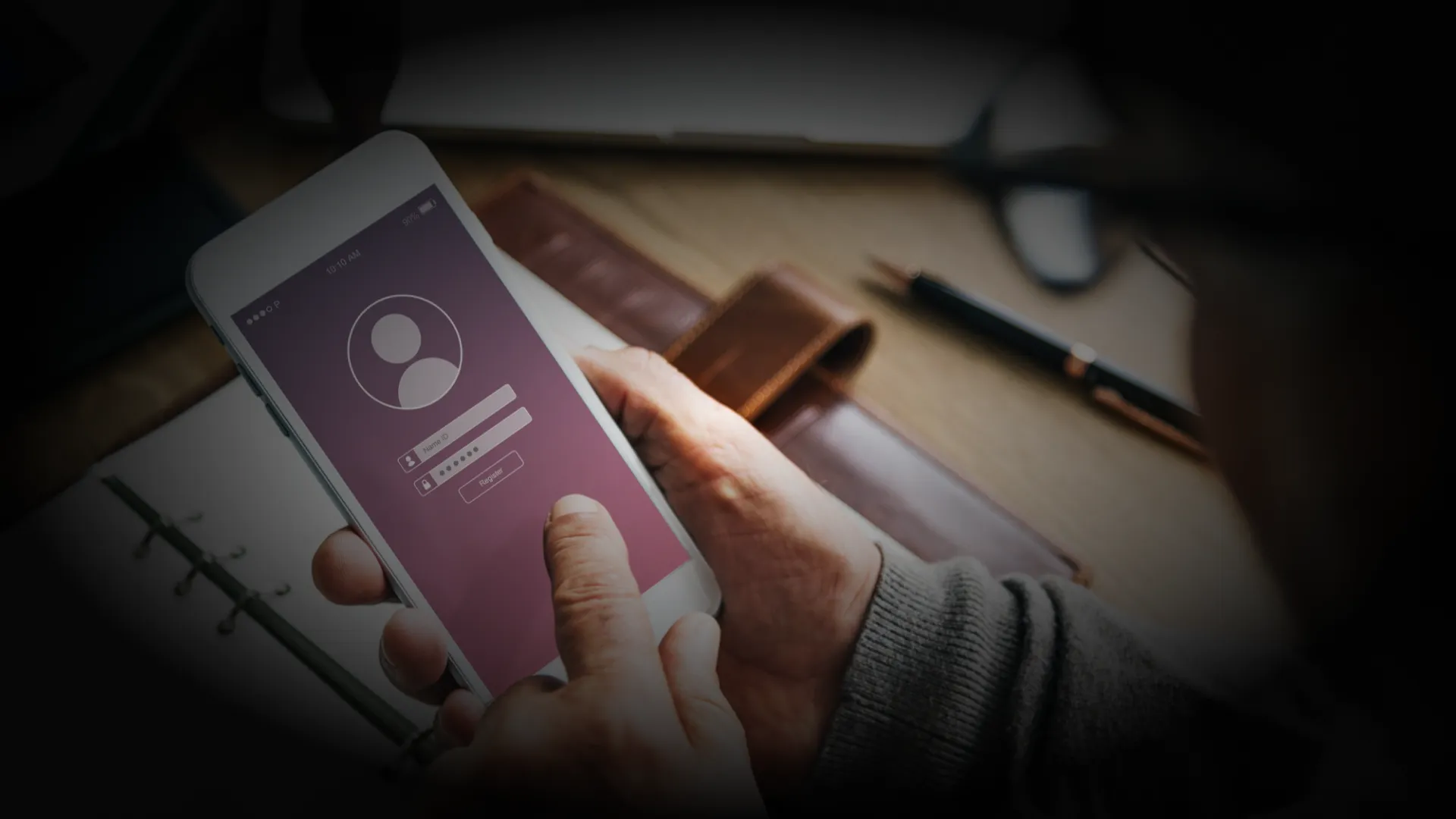User authentication is one of the most critical security components in app development. It determines who can access your app, what they can do, and how securely their identity is verified.
With over 10 years of hands-on experience designing and implementing authentication systems for fintech, healthcare, e-commerce, and enterprise apps, I’ve seen both brilliantly secure setups and catastrophic failures.
If you want your app to win user trust, pass compliance audits, and protect sensitive data, you need to choose the right authentication approach — and implement it correctly.
1. Why User Authentication Is Critical for App Security
Without robust authentication, your app is vulnerable to:
-
Unauthorized access to sensitive data
-
Risks of Weak or Outdated Authentication
-
Impact on User Trust and Compliance
-
Data breaches that damage your brand reputation
-
Compliance violations (e.g., GDPR, HIPAA, PCI DSS)
-
Fraudulent transactions and account takeovers
In 2025, user trust is currency — lose it, and you lose customers.
2. Best Practices for App Authentication in 2025
After analyzing real-world projects and industry trends, here’s what I recommend as the gold standard for authentication in 2025:
A. Implement Multi-Factor Authentication (MFA)
Relying solely on a username and password is outdated. MFA requires users to provide at least two forms of verification:
-
Knowledge Factors (Passwords, PINs)
-
Possession Factors (OTP, Authenticator Apps) via SMS, authenticator app, or hardware token
-
Inherence Factors (Biometrics) — fingerprint, face scan, or voice recognition
Why it works: Even if one factor is compromised, the account remains protected.
B. Use OAuth 2.0 with OpenID Connect
For apps that integrate with third-party services (e.g., Google, Facebook, Apple), OAuth 2.0 with OpenID Connect is the modern, secure choice.
-
OAuth 2.0 handles authorization (what a user can do).
-
OpenID Connect handles authentication (who the user is).
Benefit: Users can sign in without creating a new password, reducing friction and password fatigue.
C. Adopt Passwordless Authentication Where Possible
Passwordless login methods — such as magic links, biometrics, or OTP-only login — are gaining popularity because they:
-
Eliminate weak password issues
-
Improve user experience
-
Reduce credential theft
For example, WhatsApp Web uses QR-based authentication, which is both fast and secure.
D. Encrypt All Credentials and Tokens
-
Use bcrypt or Argon2 for password hashing.
-
Store tokens securely using secure storage APIs or encrypted keychains.
-
Always transmit data over HTTPS/TLS.
-
Mistake to avoid: Never store plain-text passwords in your database.
E. Manage Sessions and Token Expiry Effectively
-
Use JWT (JSON Web Tokens) with short expiration times.
-
Refresh tokens securely when needed.
-
Automatically log out inactive users to prevent session hijacking.
F. Monitor and Detect Suspicious Login Activity
-
Detect login attempts from unusual locations or devices.
-
Trigger alerts or step-up authentication for risky logins.
-
Use AI-powered anomaly detection where possible.
3. Real-World Example – Securing a High-Value Fintech App
A fintech client handling millions of transactions daily approached us for secure, frictionless authentication.
Authentication Features Implemented:
-
Biometric login (fingerprint/Face ID)
-
OAuth 2.0 with OpenID Connect for partner integrations
-
MFA for high-value transactions
-
Device binding to link logins to known devices
Results in Security and User Experience : Zero successful account takeover attempts in 18 months, while maintaining a 98% customer satisfaction rate for login experience.
4. Common Mistakes to Avoid in App Authentication
Using Weak or Outdated Hashing Algorithms
Insecure Local Storage of Sensitive Data
No Rate Limiting for Login Attempts
Failure to Invalidate Tokens After Password Changes
5. Choosing the Right Authentication Method for Your App Type
Consumer Apps – Social Login, MFA, Biometrics:
Social login + MFA + biometrics for convenience and security.
Enterprise Apps – SSO, MFA, Role-Based Access Control:
SSO (Single Sign-On) + MFA + role-based access control.
High-Security Apps – MFA, Biometrics, Device Fingerprinting:
MFA with biometrics, device fingerprinting, and step-up verification for sensitive actions.
Final Verdict – Layered Security Is the Best Approach
The best way to handle user authentication in apps is a layered approach:
-
MFA for robust security
-
Passwordless or OAuth for user convenience
-
Strong encryption for stored and transmitted data
-
Continuous monitoring to detect threats early
Security is not a one-time setup — it’s an ongoing commitment.
Build Your App with a Trusted Authentication Development Partner
🔒 Want to implement rock-solid authentication for your app?
At Cypherox Technologies, we’ve secured apps for fintech, healthcare, and enterprise clients worldwide.
📩 Book a security consultation and safeguard your users today.

